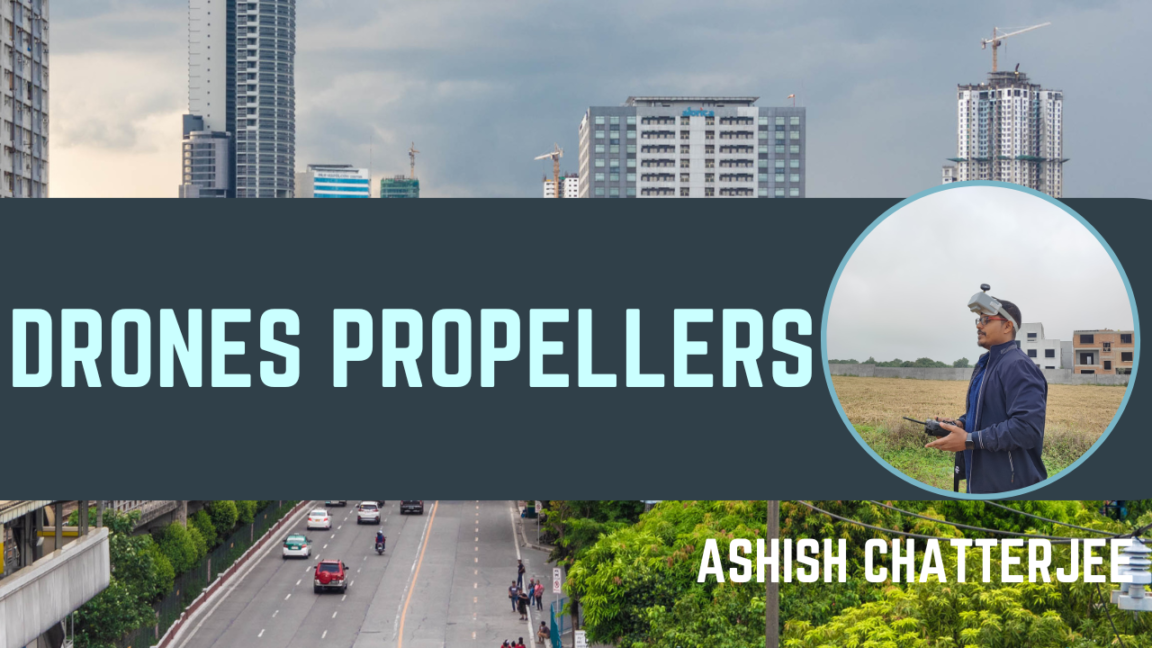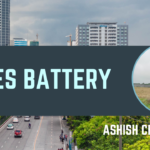Introduction
Propellers are one of the most critical components of an FPV drone, as they directly impact flight performance, efficiency, and maneuverability. Choosing the right propeller depends on factors like size, pitch, material, and the type of flying you do.
Understanding FPV Drone Propellers
Propellers are classified based on their diameter, pitch, and number of blades.

1. Propeller Size (Diameter & Pitch)
- Diameter (in inches): The overall size of the propeller, typically ranging from 2″ to 7″ for FPV drones.
- Pitch (in inches): The distance a propeller moves forward in one complete rotation.
- Lower pitch (e.g., 3.5 inches) – More efficiency and stability.
- Higher pitch (e.g., 5.1 inches) – Faster acceleration but increases power consumption.
2. Number of Blades
- Two-blade propellers – More efficient, longer flight time, but less thrust.
- Three-blade propellers – Most commonly used, offering a balance between efficiency and power.
- Four or more blades – Increased thrust and stability but at the cost of efficiency.
Types of Propeller Materials
- Plastic (Nylon/ABS) – Lightweight and inexpensive but less durable.
- Polycarbonate (PC) – More durable than plastic, ideal for freestyle and racing.
- Carbon Fiber – Strong, lightweight, and efficient, but expensive and prone to shattering on impact.
Choosing the Right Propellers for Your FPV Drone
| Flight Style | Recommended Propeller |
|---|---|
| Racing | 5″ three-blade, high pitch |
| Freestyle | 5″ three-blade, mid pitch |
| Long Range | 6-7″ two-blade, low pitch |
| Cinewhoop | 3″ four or five-blade |
Propeller Circuit Diagram and Connection
While propellers don’t require direct wiring, their orientation is crucial for proper flight. Motors spin in specific directions:
- Clockwise (CW) Propellers – Attach to CW motors.
- Counterclockwise (CCW) Propellers – Attach to CCW motors.

Correct Propeller Orientation:

This configuration ensures proper lift and stability when motors spin as programmed in the flight controller.Different Types of Propeller Sample

Gefman Tri Blade Propellers

Best Practices for Using Propellers in FPV Drones
- Always use high-quality, balanced propellers for smoother flight.
- Tighten prop nuts properly to prevent propeller detachment mid-flight.
- Check propeller orientation before flying to avoid incorrect thrust direction.
- Replace damaged props immediately to maintain stable flight performance.
Conclusion
Propellers play a significant role in how an FPV drone performs. Choosing the right combination of size, pitch, and material ensures efficiency, stability, and power, depending on your flying style. By understanding propeller dynamics and following best practices, you can optimize your drone for the best flight experience.
Stay tuned for more FPV drone insights!
Website Links Where you can buy propellers from are below :
Drone Propeller: Buy Quadcopter Propeller at Best Price
Drone Propellers | Buy best Propeller in India – Quadkart
Note : My Personal Preference and most of the FPV Pilots Prefer Gefman Propellers because of durability, flexibility and cost effectiveness and quality.






GIPHY App Key not set. Please check settings